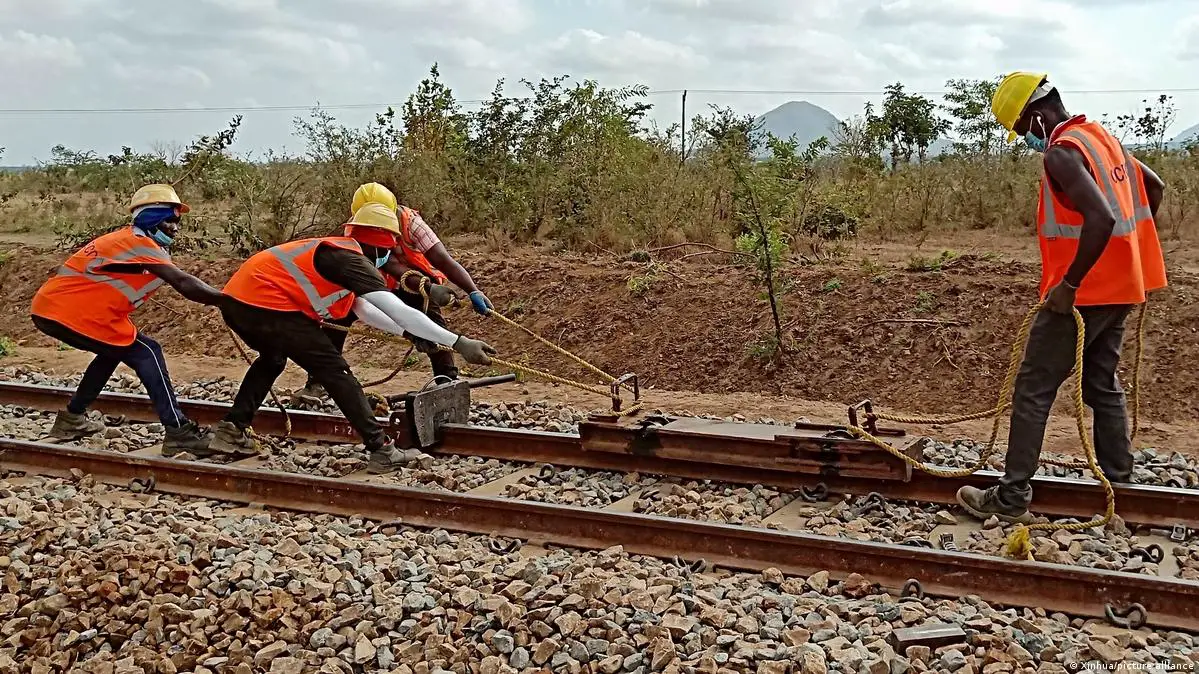The Ugandan government has confirmed that the Uganda SGR Project Commences amid compensation to the displaced families so as to pave way foe the project. The project is expected to start its implementation in the course of the year. The project coordinator, Perez Wamburu announced that the compensation program to cover those who will be affected by the construction of the railway is at its final phases. He added that the finalization of the compensation will pave way for the commencement of construction work. The compensation program has so far compensated over 90 percent of Ugandan residents who are being displaced by the construction of the standard gauge railway. This is as far as from the Malaba border to Mayunge district in the Busonga sub-region. The compensation program is currently at Jinja where those who will be affected by the railway are indulged on what they are supposed to get before being paid soon.
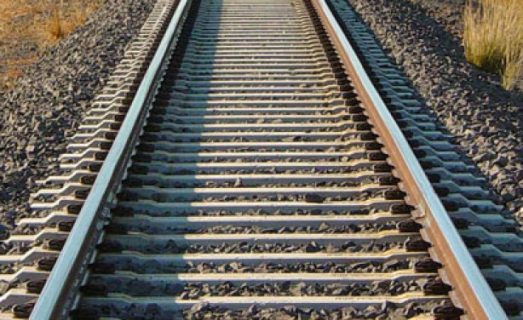
The Significance of the Uganda Standard Gauge Railway Project
The development of the Uganda Standard Gauge Railway comes eight years after the project was launched in three East African Communities (EAC) states. This include Uganda, Kenya and Tanzania as the countries involved in the implementation of the Standard Gauge Railway project.
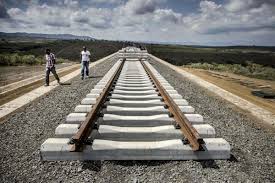
The aim of the project is to reduce the cost of transport associated with the delay of goods in transit. The new Standard Gauge Railway (SGR), is intended to replace the old, inefficient metre-gauge railway system. The entire 1,724 kilometres (1,071 mi) SGR in Uganda will cost an estimated $12.8 billion. This will facilitate in the interconnectedness of the East African regions in the delivery of goods and commodities. Uganda being a landlocked country will benefit significantly as it will be able to transit goods from Tanzania and Kenyan Coasts more effectively.
The Challenges Facing the Railway Construction Project
The Uganda Standard Gauge Railway has stalled for long due to some of the challenges encountered. One of these challenges is the compensation program. As insighted by the project coordinator, Perez Wamburu, internal family fights over the sharing of the compensation money prompted the government to take a pause.
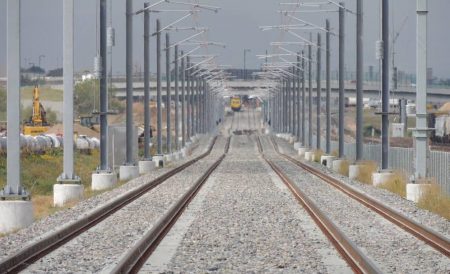
This was until the disputing families came to a consensus over their disputes and grievances. The coordinator also revealed that process of securing supervising and construction contractors is currently ongoing. Furthermore the project is still seeking a consultant on the environmental impact the project will have and a contractor to avoid any further delays. The compensation progress, though slow, is steadily progressing. According to the project coordinator, at least 5,000 people are to be compensated and so far over 1,500 are in the final processes of being compensated before the Uganda Standard Gauge Railway Project Commences.
The State of the Region as the Uganda SGR Project Commences
The Chairperson of Jinja project affected persons (PAPs), Julius Kanyira, described the compensation exercise as one that is transparent. He also asked the PAPs to peacefully vacate their lands once compensated, instead of waiting for forceful evictions.
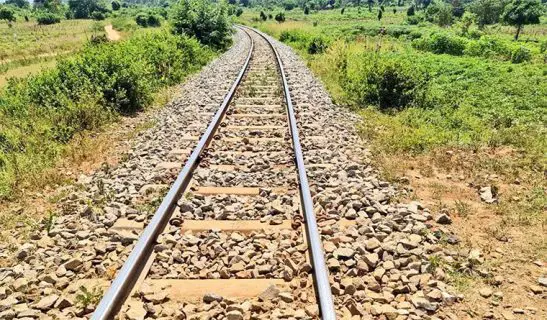
However, the chairperson appealed to the government of Uganda to maintain the three-month grace period offered to them after being compensated. This is so as to enable them to look for other places to relocate to during this time period. Some of the project affected persons are happy with the compensation exercise that is ongoing, with some saying it is enough for them to remain with disposable money for personal ambitions once the money is credited in their accounts.
$16 Billion to be Allocated for Lappset SGR Development Cost
Kenya-Uganda SGR Commercial Contract Signed Amid Extension Plans
